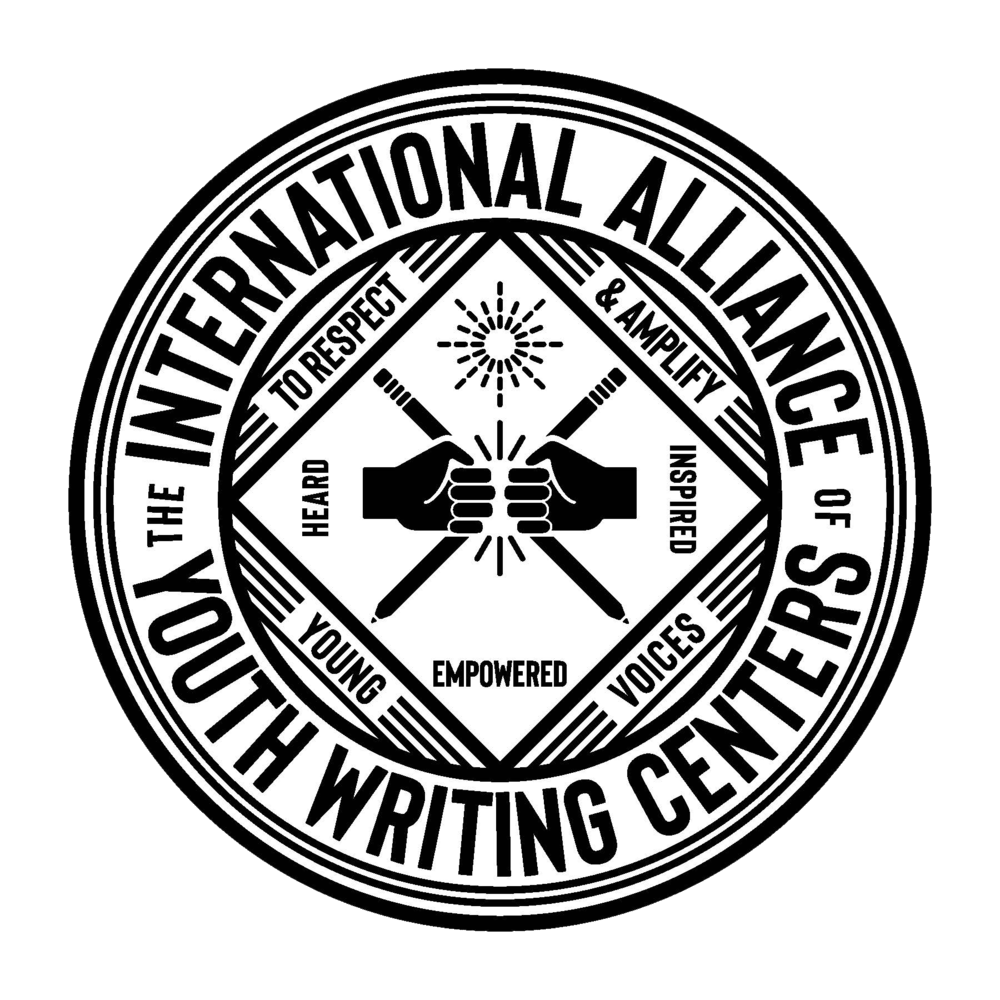HOW TO BUILD An inspired and cohesive STAFF
Most youth writing centers begin with a visionary person or a few people, from which the board and staff grow. It’s common for new organizations to have one leader — a paid or unpaid Executive Director — who may or may not be that initial leader/founder.
Choosing the very best person for this role is essential so it’s worth doing right. Don’t rush because you need someone; select the person who is the very best human embodiment of why your organization should exist and what it should accomplish in the world.
In the organization’s very early days, it’s important to lay out a clear idea of what the Executive Director’s role will be in setting the course. Many EDs work beautifully with a partner board member/founder, or they work alone with feedback and support from a board as a whole. However it works for them and for you, it’s most important that no one is surprised about who is supposed to be doing what. There is a lot to do to get an organization off the ground, and things won’t move forward if you’re at cross purposes. This is why it’s great for the first ED to lead some kind of group conversation with board members to talk about vision and purpose and lay out responsibilities. Sometimes, in these conversations it emerges that not everyone is aligned; solving that early so everyone can move forward together is the first ED’s most important job.
A second staff member is usually a program-focused person who is as enterprising and visionary as the ED and who has a great responsibility to launch the work of the organization in a way that’s feasible now and sustainable later. This is the most exciting time because it’s usually the moment when the board and the community see that your organization has moved beyond the planning phase and into the mode of serving your purpose in the community. As such, the hire of this second person is an equally powerful choice because of how community-focused they will be.
Organizations with a really strong two-person staff partnership are a marvel to see. One person is focused on programs and does almost all of that work. The other is focused on everything else — administration and facilities, fundraising and external relations, and more. And when things come up in the gray area between, one of them has to take it on. It’s a delicate balance — like a marriage — and if it’s working well, it can be the groundwork for an organization that is equitable and strong for years to come.
Hopefully, your organization will be ready at some point to move beyond two staff members.
By the time your organization is ready for a fourth staff member (and fifth and more), it will be clear how best to proceed based on current needs and opportunities. But before that, when it comes to adding a third person, it’s another situation in which you must find that perfect rare human who complements both of the strong personalities already there, and who can adequately take on some of each person’s workload. Ideally, they have a strong background in programming and can lead a discrete portion of that work — morning field trips or student publications — under some direction from the existing program staffer. They should also be the kind of person who won’t blink when the ED asks for help with a financial spreadsheet, or a mail merge, or an errand to set up tables for a fundraising event. Adding a third staffer means the original two staff positions can now, perhaps for the first time, focus keenly on what they want to accomplish in their jobs. They can think and plan a little more. They can be much more strategic which inevitably leads to an even higher level of quality in the programs, and an increase in funding and support.
